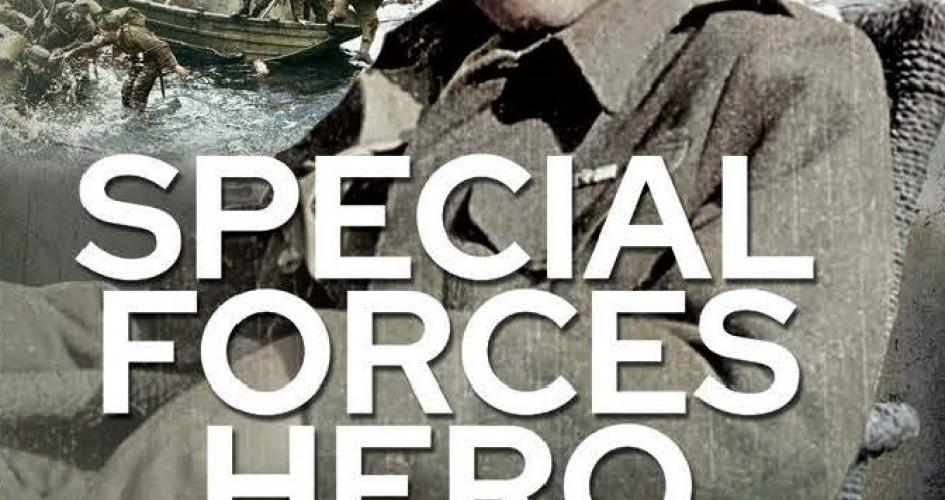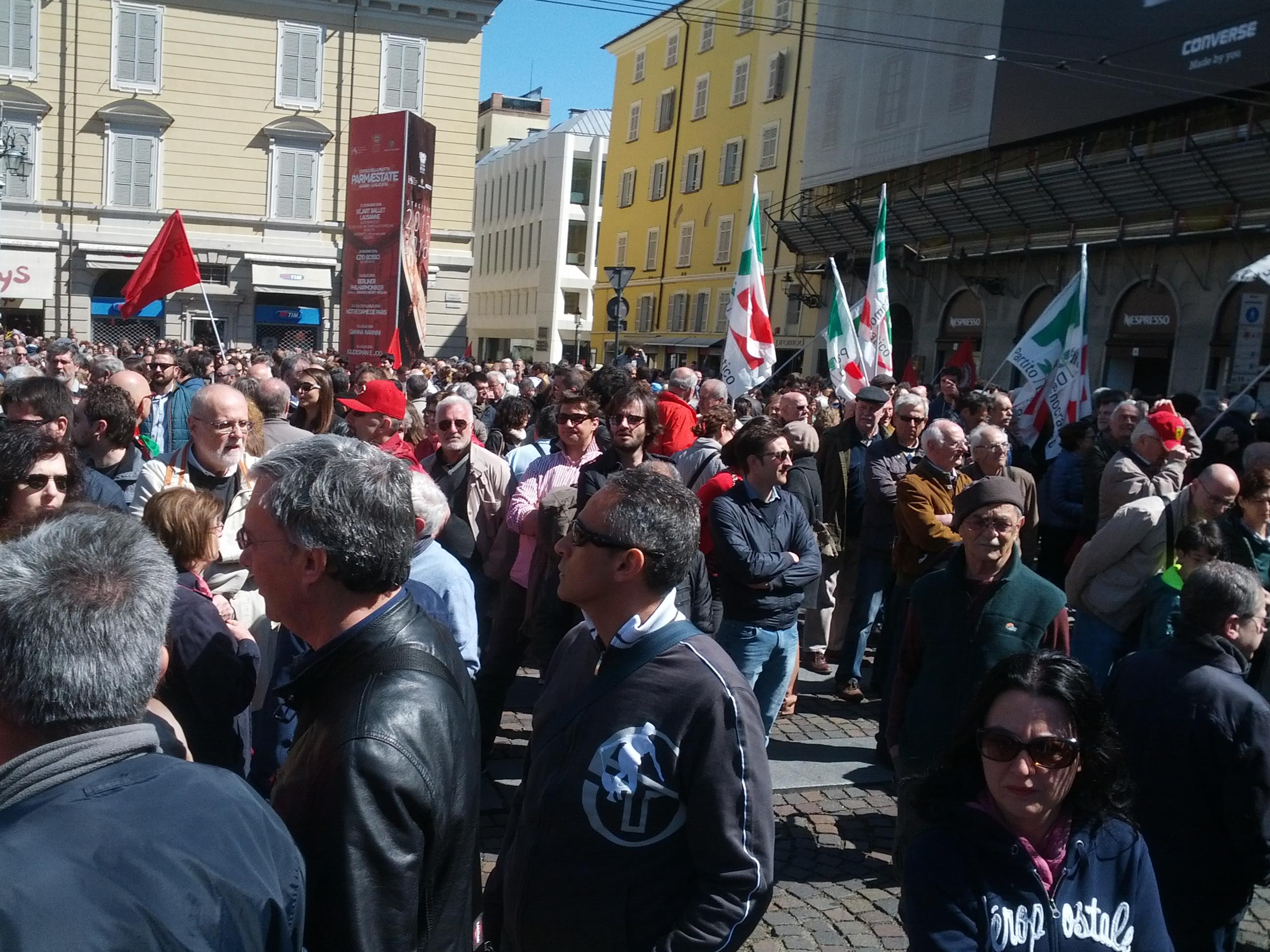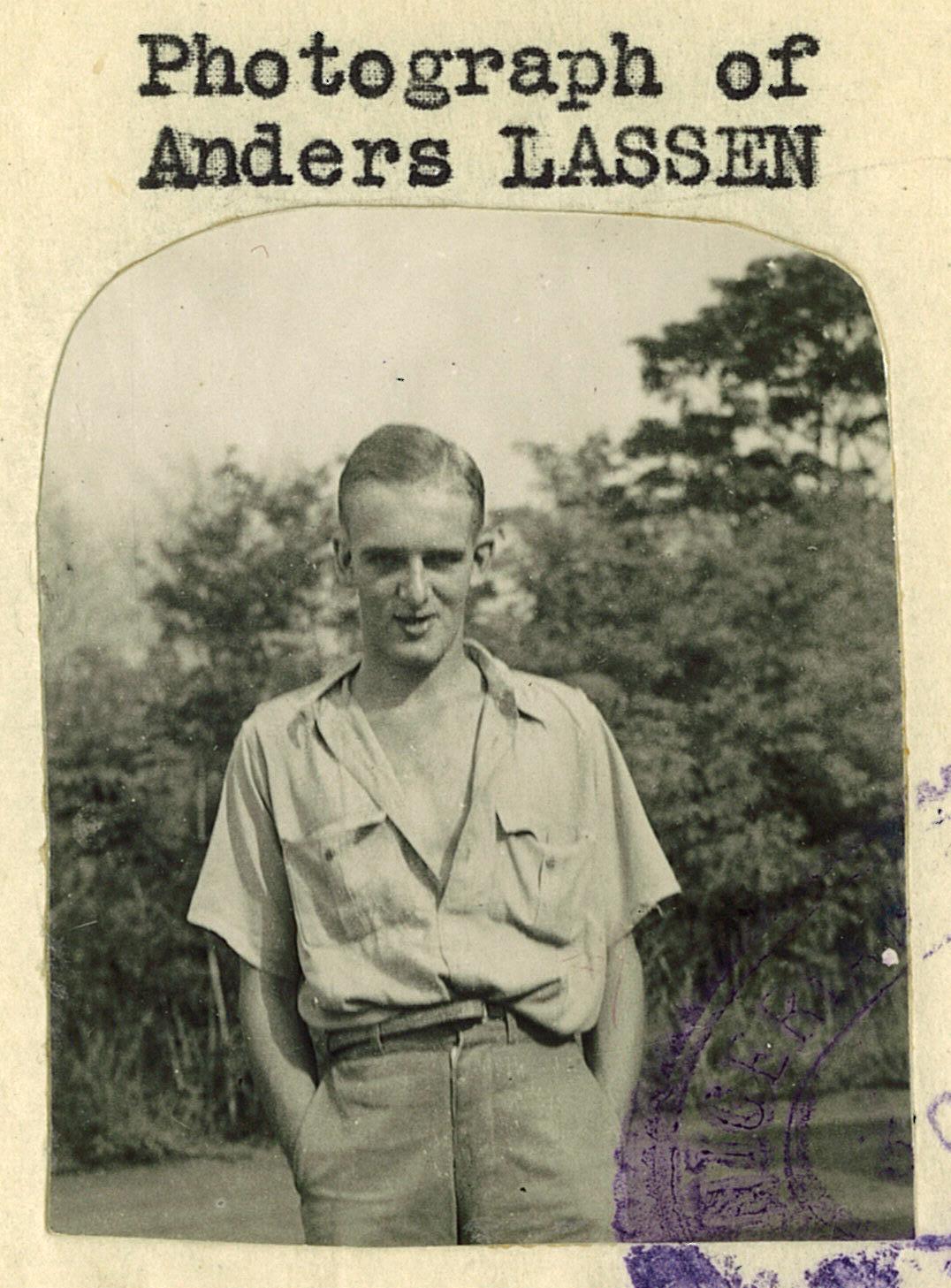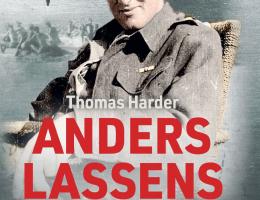Anders Lassen – Special Forces Hero and his part in Greece’s WW2 story

Anders Lassen, a drunken insubordinate Dane who brawled his way to the Victoria Cross with many heroic deeds in Greece. Photo: Image from Thomas Hardy’s book
FacebookTwitter: @NeosKosmosInstagram
I have been following the trail of Major Anders Lassen and his part of the Greece’s WW2 story for some time. Readers of Neos Kosmos may have read my articles on Anders in Samos, Simi and Thessaloniki – and the commemorative plaque to Anders I proposed and helped organise at Melbourne’s Danish Consulate.
Along the way I have come to know the Danish historian Thomas Harder. Thomas has been researching the Lassen story for many years. A few years ago Thomas completed his major Danish-language biography on Anders. Now it has been extensively revised and translated into English and Greek, bringing this important book to a wider audience. The new edition draws on the archives and sources of many countries, including Greece. In this Thomas thanks the many international colleagues who have assisted him, including those from Greece. This has enabled him to access Greek archives as well as sourcing Greek witnesses of Anders’ Greek campaign.
Many readers will find the inclusion of the names of many of those who bravely assisted the Allies in resisting the Axis occupation particularly fruitful. The resulting account provides readers with the most detailed and authoritative account of Anders’ war in Greece. Historians and readers will also find his comprehensive notes and references a source of further reading.
READ MORE: Australian Hellenes honour Anders Lassen – the Achilles of Thessaloniki
The name Anders Lassen is rightly famous in WW2 history. The book is an exhaustive study of his life and war. Volunteering for service in the British Army following the German occupation of Denmark, Danish-born Lassen would find himself in various Special Forces formations. It is in this capacity that Anders would take part in the Allied campaign in Greece, first by harassing the Axis occupiers and finally by playing his role in the liberation of Greece. While not detracting in any way from the books excellent account of Anders part in other Allied campaigns, readers of Neos Kosmos will be particularly interested in its detailed account of his Greek service.

Lassen’s Greek service
The book gives an excellent account of the Allied campaign in the Aegean between 1943 and the liberation of Greece in 1944 and especially Lassen’s role in it. Readers will have some idea of the depth of Thomas research into Anders’ Greek campaign when you consider that this accounts for around 150 pages of the 350-page book.
First he deals with the ill-fated Operation Albumen where Anders and a small group of soldiers (including two Greek SOE men Kimon Zografakis and Giannis Androulakis) landed at the southern Cretan beach at Tripiti in mid-1943 with the aim of attacking the German airbases at Heraklion and Kastelli Pediada. Thomas recounts the lead up to the raid, the villages where they hid, its mixed results and the evacuation of the force. Readers will like the detail Thomas provides on the Greek guides which led them across Crete to their targets (the Greek SOE guides Manolis Vrellianakis and Nikos Souris as well as local civilians like Manolis Krisotakis and others), the civilians who gave them food and lodgings (such as Lefteris Tsinakis, Miron Maris and the Katsounas family to name only a few) and to those that accompanied them on the raid itself (such as Zografakis).
One account of Anders’ interaction with Cretan culture impressed me. Resting in the hut of one Nikolaos Aslanis and offered a bottle of raki, Lassen finished the bottle and demanded another. Anyone who has had the pleasure of tasting the Danish equivalent – Akvavit – will appreciate Anders’ taste for raki. Thomas recounts the terrible retribution exacted by the Germans on local civilians after the raid. The concern for their helpers saw the raiders bring off 25 locals when they departed on their return to Egypt.
The book goes on to detail the Allied offensive in the Aegean following the fall of Mussolini and Italy joining the Allied cause in mid to late 1943. This saw Allied attempts to seize the Dodecanese Islands, as well as other Islands such as Samos. The book gives an excellent account of these offensives, which gave momentary hope of liberation only to be dashed as the Allies lacked sufficient forces to defeat the German re-conquest. Thomas gives account of Lassen’s greater involvement on Symi and Samos, as well as his actions in Rhodes, Leros, Kalymnos, Halki, Alimnia and Tilos. An interesting footnote in Thomas’ account is his identification of an Australian members of Anders’ squad during these 1943 Aegean campaigns, one “Digger Rice, the Australian.”

Thomas recounts the welcome afforded to the Allies by the locals on these Islands, such as the Abbot Chrysanthos Maroulakis on Symi. He recounts the terrible fury exacted on Symi as the Germans launched a number of bombing raids on the town and across the island, causing terrible damage and civilian losses. It is no surprise that Thomas writes the many locals left with the Allied evacuation to join the Free Greek forces on Cyprus. A similar air assault on Samos saw Anders play a major role in evacuating many locals – including some 400 resistance fighters – to nearby Turkey.
Lassen’s Greek campaign would continue throughout 1944, beginning with his leading a successful raid on Halki in January and February, followed by raids on Symi, Alimnia, Anydros, Santorini and Paros. Often Lassen and his men would be engaged in close-quarter fighting such as on Symi and at Fira on Santorini. He dearly valued those who supported the Allied cause. Thomas recounts how Lassen returned to Symi to exact revenge for the killing of the resistance-supporting Abbot and three others. On Santorini he successfully threatened the German commander into stopping reprisals on the island.
In May, Lassen and his men, including Greek Second Lieutenant Kyriakos Sofoulis and guide Nikolas Stellas, struck the German occupiers on Paros, aided by the local resistance, attacking the airbase, destroying communications and subjecting the enemy to many casualties, including the German commander. Many of the local resistance who took an active part in the fighting on Paros are identified – Giannis Aliprantis, Antonis Delentis, Panagiotis Emmanuel Tsigonias, Dimitris Perantinos and the Paros police chief Manolis Gryllakis. While there were no reprisals on Paros, Stellas was caught and hanged on Paros by the Germans.
Liberation of Thessaloniki
After taking part in the British landings on mainland Greece and arrival in Athens, Lassen’s would now take part in the liberation of Greece’s second city Thessaloniki. Drawing on Greek sources and British archives – including one apparent witness to Anders’ entrance into the city – Thomas outlines Anders’ force of nearly 80 soldiers landing to the east of the city after a hero’s welcome on Skiathos, its liaison with the local resistance (aided by his interpreter Jason Mavrikis and Major George Diamantopoulos) and his key part in ejecting the Germans from the city, the latter finally departing on 31 October.
Lassen’s final role in Greece would be his command of the Allied force sent to Crete in December 1944 to contain the 12,000 German force that had retreated to a defensive area around Chania. In recounting Anders’ role as the senior Allied military commander on Crete in the dying days of the German presence there, Thomas also details the growing armed conflict between the main resistance forces on Crete – ELAS and EOK – which also saw two of Lassen’s men killed.
WW2 in Greece produced many heroes. Lassen was certainly one of these. As the book notes, across his service Anders was awarded three Military Crosses, one of only 24 officers across WW2 to have been so recognised. His Victoria Cross remains the only such award made to a member of the British Special Air Service. One of Anders’ raider colleagues is quoted as describing Anders as “a truly heroic figure in the Iliadic sense.”
READ MORE: In memory of Anders Lassen

I have walked many of the locations connected to Anders’ Greek campaign – the little landing at Tripiti on the southern coast of Crete, the winding streets of Fira on Santorini, the heights of Symi, Thessaloniki’s waterfront and his final base at Heraklion. Thomas’ book excites my memory of these places and urges me to visit them again.
I whole heartedly recommend this new book to all interested in the history of WW2, especially the war in Greece. It is well written and the culmination of Thomas Harder’s extensive research over many years. I know I will be joined by many other historians and readers in congratulating Thomas on his work and in bringing Lassen’s story to a wider audience.
Thomas Harder’s book is available in English from Pen & Sword Publishers in the United Kingdom. The Greek edition is published by Epikentro Publishers of Thessaloniki. Readers can purchase a copy online or through good bookstores.
Jim Claven is a trained historian, freelance writer, Secretary of the Lemmos Gallipoli Commemorative Committee and author of Lemnos & Gallipoli Revealed: A Pictorial History of the Anzacs in the Aegean 1915-16. His new book –Grecian Adventure – Greece 1941 Anzac Trail Stories and Photographs – is due to be published later this year.







